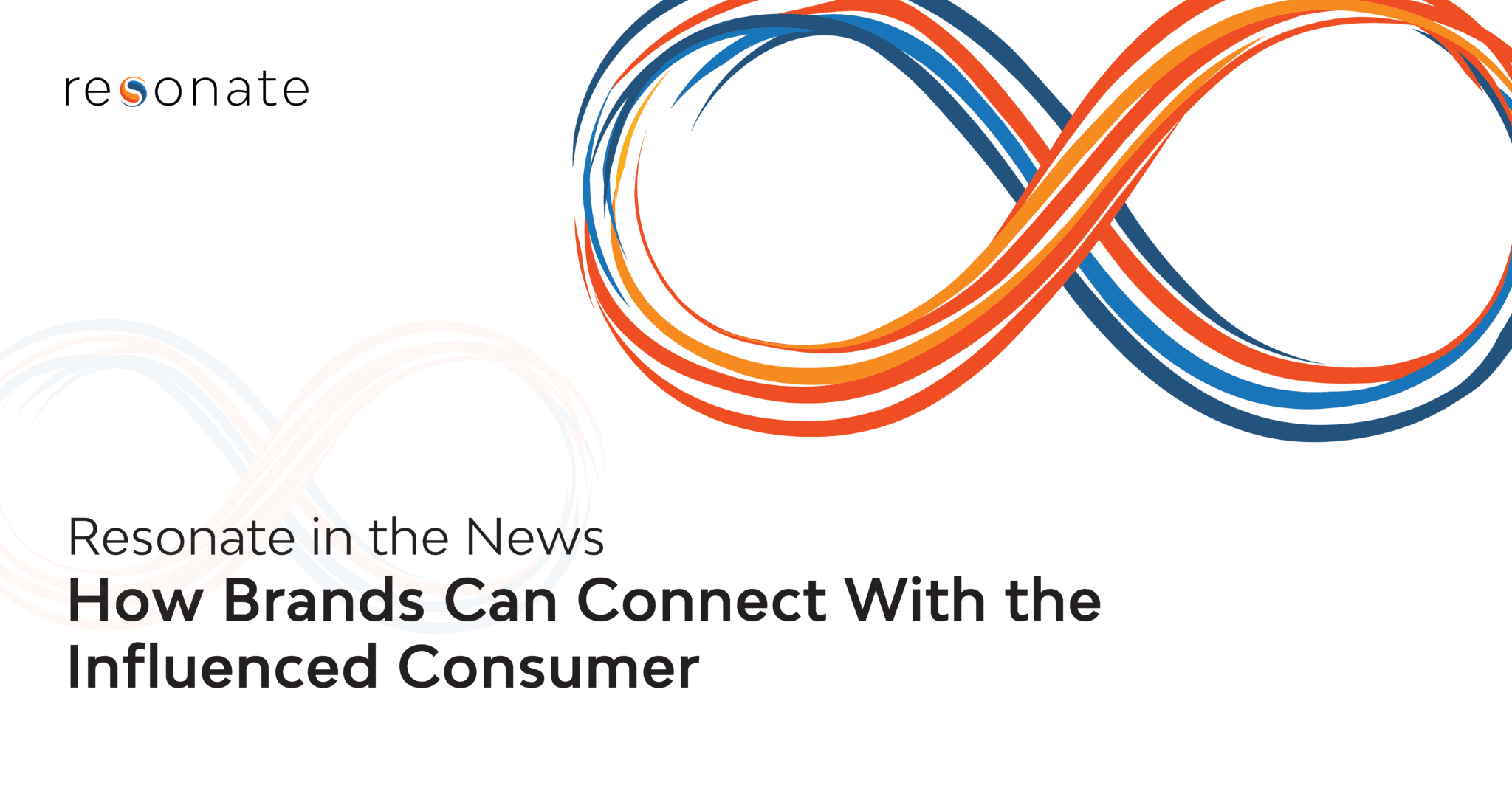The article below appeared in Multichannel Merchant on March 8, 2022. Read it in its entirety here.
Brands have always sought to align themselves with the media and messaging most likely to prove influential among their core audiences. But these days, even the way in which consumers are influenced—and to what extent—is proving to be a defining trait of certain groups.
In Resonate’s new State of the Consumer 2022 report, we took a deep dive into an audience of growing importance for today’s brands: Influenced consumers. This audience comprises consumers who consider social ads and influencers across platforms from Instagram to TikTok to be influential in their buying processes, particularly around clothes and cosmetics.
This is an important lens for marketers to be looking through in terms of their existing consumer understanding. So, what do we know about this growing group of individuals?
Influenced Consumers at a Glance
You might expect the influenced consumer audience to skew toward the younger set. However, they’re actually evenly distributed across Millennial and Gen X segments. According to our data, 52% of influenced consumers are female, and 26% have a household income between $25,000 and $50,000 a year. About 51% of influenced consumers are married, 40 % have kids under 18, 34 % have some college education, and 10 % are unemployed.
Of course, to truly connect with an audience, surface-level insights aren’t enough. Deeper engagement requires an understanding of not just who an audience is, but rather what drives their decisions. In this case, our analysis found that influenced consumers tend to be driven by the desire for conformity, reputation and stimulation, all of which can help marketers craft more resonant messaging and strategies for reaching this important group.

The Buying Habits of Influenced Consumers
Our data shows us that these consumers are more likely to be experiencing the following than the average American: Having a child or getting married, obtaining a master’s degree online or moving a family member to a retirement community. When it comes to what’s next on their shopping list, these categories take the lead:
- Sports and fitness equipment
- Watches and jewelry
- Home audio system
- Kitchen furniture
- Home improvement
Influenced consumers are 50% more likely than the average consumer to have accent chairs on their wish list and 70% are more likely to have their eyes on ottomans. In other words, home furnishings companies might want to be turning their eyes toward influencer marketing these days.
In general, the influenced consumer is more likely to purchase products that are time saving, popular and the best looking in their category. They care less about whether the purchase is easy to use or luxurious. These consumers are often stopped in their tracks while scrolling, inspired to buy by an influencer’s recommendation, so it’s no surprise they’re tempted by the siren consumer calls of popular, attractive and convenient products.
About 34% of influenced consumers have discretionary income under $20,000, and nearly 4 out of 5 cite best price as their No. 1 retailer selection trait. While they have a long wish list of items, they need to keep it budget friendly, leading to this group being 13% more likely to use coupons.
The Media Habits of Influenced Consumers
Ok, so where can brands find these consumers? Well, by definition, they’re more likely overall to be responsive to brands in their social feeds. In particular, influenced consumers are 59% more likely to consider social media influencers an influential source of information in their clothing purchases, meaning apparel brands shouldn’t discount the power of getting their clothing into an Instagrammer’s haul.
More than half (55%) of influenced consumers spend more than 20 hours a week online, and they prefer to watch their favorite streaming networks on their phone. These consumers are seriously connected; you just have to know the right channels to reach them.
From a media standpoint, here’s where you’re most likely to find influenced consumers:
- Top streaming platforms: ESPN+, YouTube TV, Peacock
- Top networks: Telemundo, Nickelodeon, Cartoon Network
- Top social channels: Twitch, TikTok, Snapchat
Overall, influenced consumers are more likely to be “brand curious” in 2022, which makes sense. Those who are easily influenced are willing to try new things. For brands, this represents a tremendous opportunity to go prospecting among a growing audience of open-minded consumers—provided marketers are willing to acknowledge the unique needs and desires of this highly impressionable audience, and then give them what they want.

